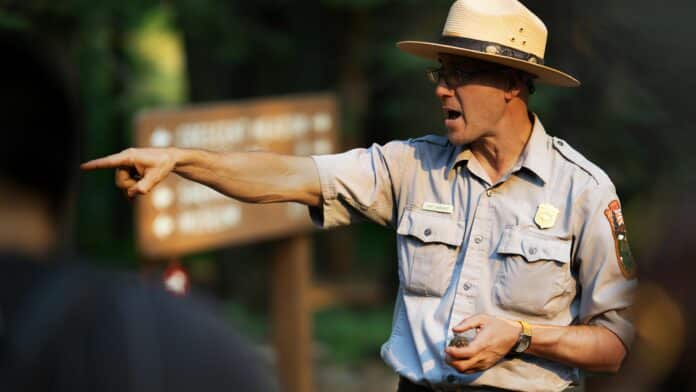Kansas State University’s Park Management and Conservation students have long seen the National Park Service (NPS) and U.S. Forest Service (USFS) as key career paths after graduation. However, recent developments have cast uncertainty on the future of these opportunities. With the recent layoffs of approximately 1,000 NPS employees—roughly 5% of its workforce—and the termination of 3,400 USFS workers, the landscape for park and conservation careers is shifting dramatically.
The reductions, largely targeting probationary employees with less than a year of service, signal a broader downsizing within federal land management agencies. This comes at a time when national parks and forests are facing increased visitor demand, deferred maintenance issues, and climate-related challenges. Many K-State students who expected stable careers in conservation and park management now face an uncertain job market, with fewer openings and greater competition for state and local positions.
Historically, budget constraints and administrative decisions have placed national parks in precarious positions. A previous federal shutdown saw parks left open but unstaffed, leading to severe environmental degradation, vandalism, and overwhelmed infrastructure. Without proper funding and staffing, similar issues could arise in the near future. The latest layoffs raise concerns about whether upcoming seasons will see further strain on already-stretched park services.
For students in K-State’s program, the question now is how to pivot. Alternative pathways in private conservation, state park services, or nonprofit land management organizations may offer some stability, but these sectors lack the scale and funding of their federal counterparts. Internships and cooperative work experiences, once strong stepping stones into federal careers, may also dwindle in availability.
With uncertainty looming, students and faculty alike are left wondering about the long-term implications of these workforce reductions. Will the cuts be reversed in future budgets? Will a shift toward privatization or state-managed lands change the career outlook? And what can incoming students expect as they enter a field increasingly shaped by economic and political volatility?
As these questions unfold, K-State’s program—and similar ones across the country—may need to adapt, ensuring students are prepared not just for federal roles, but for an evolving conservation landscape where resilience and adaptability will be as critical as their passion for protecting public lands.





